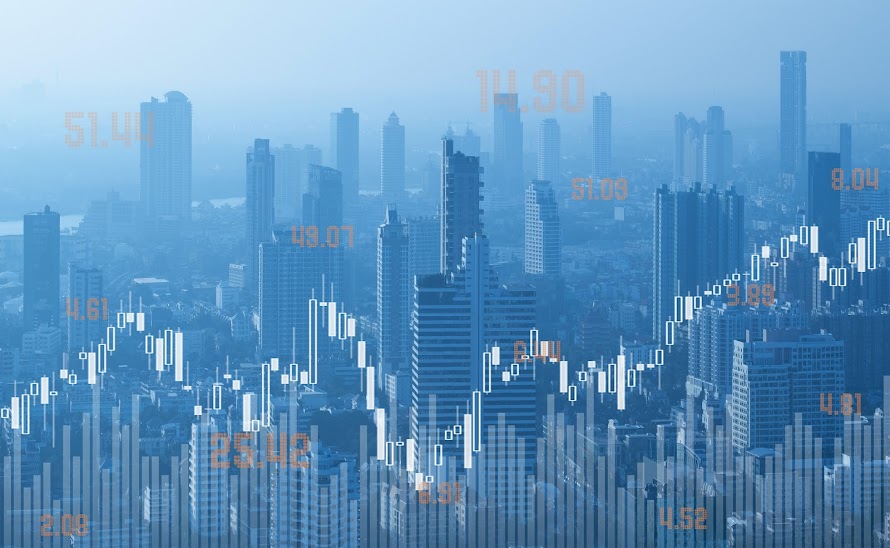Commodity Futures Soar to Record Highs as Global Demand Surges
Introduction:
In recent times, the world has witnessed an unprecedented surge in commodity futures as global demand reaches new heights. Commodity markets, traditionally known for their volatility, have experienced a remarkable rally, propelling prices to record highs. This surge is largely attributed to a combination of factors, including increased global economic activity, supply chain disruptions, and changing investor sentiments. In this blog post, we will delve into the reasons behind the surge in commodity futures and explore its implications for various stakeholders.
Global Economic Activity and Demand:
One of the primary drivers behind the soaring commodity futures is the surge in global economic activity. As economies recover from the effects of the COVID-19 pandemic, the demand for essential commodities such as oil, metals, and agricultural products has surged. Growing consumer spending, infrastructure development projects, and increased industrial production have all contributed to the heightened demand for commodities worldwide. This surge in demand has put significant pressure on commodity prices, attracting investors to the futures market in anticipation of future gains.
Supply Chain Disruptions:
Another crucial factor fueling the rise in commodity futures is the supply chain disruptions witnessed across various sectors. The pandemic-induced lockdowns, transportation challenges, and labor shortages have significantly impacted the production and distribution of commodities. These disruptions have led to supply shortages and bottlenecks, resulting in upward price pressures. Investors, recognizing the potential for future scarcity and price appreciation, have turned to commodity futures as a way to hedge against these uncertainties and capitalize on potential gains.
Inflation Concerns:
The surge in commodity futures can also be attributed to mounting inflation concerns. As economies recover and demand increases, inflationary pressures have become a significant concern for policymakers and investors alike. Commodities, often considered as inflation hedges, tend to perform well during inflationary periods. Investors seeking to protect their portfolios against the eroding effects of inflation have flocked to commodity futures as a means of diversification and wealth preservation.
Volatility and Trading Opportunities:
The recent surge in commodity futures has created an environment of heightened volatility, presenting lucrative trading opportunities for market participants. Volatility, while inherently risky, also offers the potential for substantial profits. Traders with the right knowledge, strategies, and risk management skills have been able to capitalize on price fluctuations and generate significant returns. The increased trading activity in commodity futures has resulted in a dynamic and exciting market, attracting both institutional and retail traders.
Implications for Stakeholders:
The surge in commodity futures carries implications for various stakeholders. Producers of commodities are benefiting from the rise in prices, which can lead to increased revenues and profitability. However, consumers may face challenges as higher commodity prices can translate into increased costs for essential goods and services. Investors participating in commodity futures stand to gain from potential price appreciation, but they also face risks associated with market volatility. Regulators and policymakers need to closely monitor the market to ensure fair and transparent trading practices, protecting investors and maintaining market stability.
Conclusion:
The remarkable surge in commodity futures, driven by global demand, supply chain disruptions, inflation concerns, and trading opportunities, has taken the market to record highs. The increased activity in commodity futures reflects the evolving dynamics of the global economy and the strategic investment decisions made by market participants. While the surge presents opportunities for investors, it also poses challenges for consumers and policymakers. As the commodity market continues to evolve, it is crucial for stakeholders to stay informed, exercise caution, and adapt to the ever-changing landscape of commodity futures trading.

Comments
Post a Comment